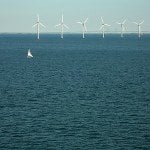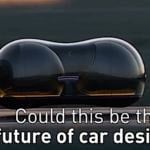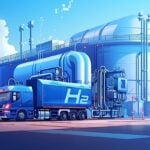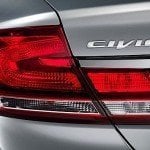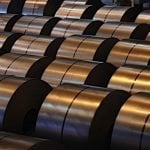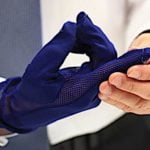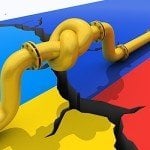The president of a technology company that claims to be changing the way solar cells are made has challenged the industry to adopt his company’s technology if they want to survive in the solar energy market. The company is Natcore, and the technology is the heterojunction with intrinsic thin layer, or HIT structure, solar cells. Whereas average commercial grade solar cells typically have efficiencies in the mid-to-high teens, Chuck Provini of Natcore says a low-cost solar cell with “routine” efficiency of 25 per cent or more is within reach and will completely change the world’s energy paradigm.
HIT solar cells, as Provini points out, have been around for years. They consist of different (hetero) layers of crystalline silicon, with electrodes on both sides. Sanyo and Panasonic, among others, have been working on them. Sanyo announced that it had achieved 23 per cent efficiency with HIT solar cells back in 2010. At the time, Sanyo was focused on developing thinner-substrate solar cells and optimizing power output. Panasonic’s version of the HIT solar cell, according to Provini, achieves 20–21 per cent efficiency. Another competitor, SunPower, produces a non-HIT solar cell that achieves efficiency of 24 per cent, but is 50 per cent more costly than common commercial cells.
Provini claims that his company has solved the two main problems that have held back HIT cell technology until now. One of the main limitations so far has been its use of contacts (electrodes) on both sides of the cell. This reduces the cell’s efficiency because the contacts take up space that could be used for absorbing solar energy. An all-back contact HIT cell should be more efficient. Provini says that Natcore uses a proprietary laser process to apply the contacts. “By applying all of the contacts to the rear of the cell, we should increase efficiency. By using a laser in applying the contacts, we greatly simplify the process and lower its cost.”
There are environmental benefits as well. Natcore uses a liquid phase deposition technique, a “wet chemistry” process that grows the anti-reflective coating on the silicon substrate in a “relatively mild” chemical bath at ambient temperatures. This “dramatically reduces” the energy required for the process. Manufacturers who use the chemical vapor deposition method (CVD), on the other hand, require “complicated, multi-million-dollar vacuum furnaces” and highly toxic chemicals.

